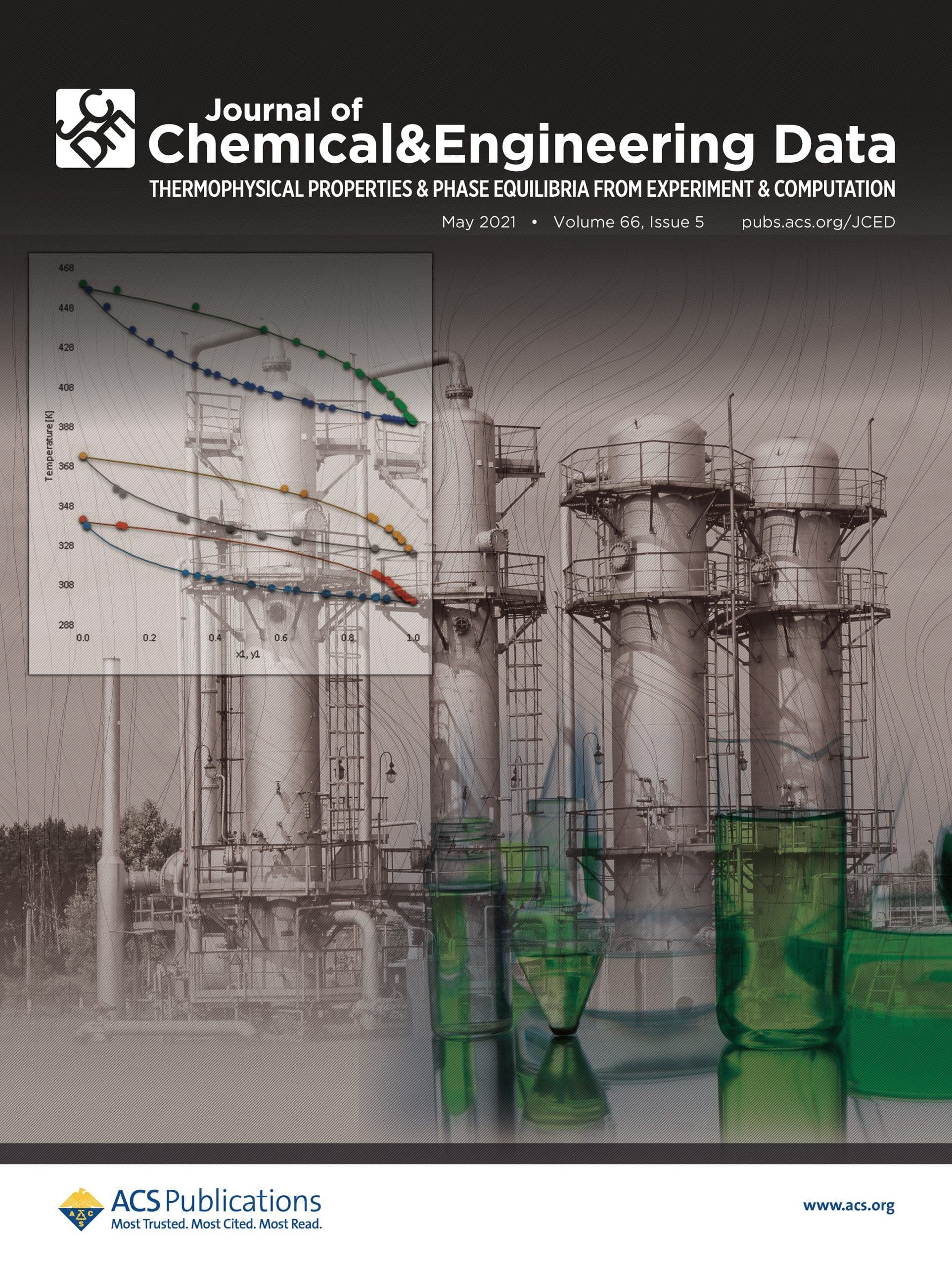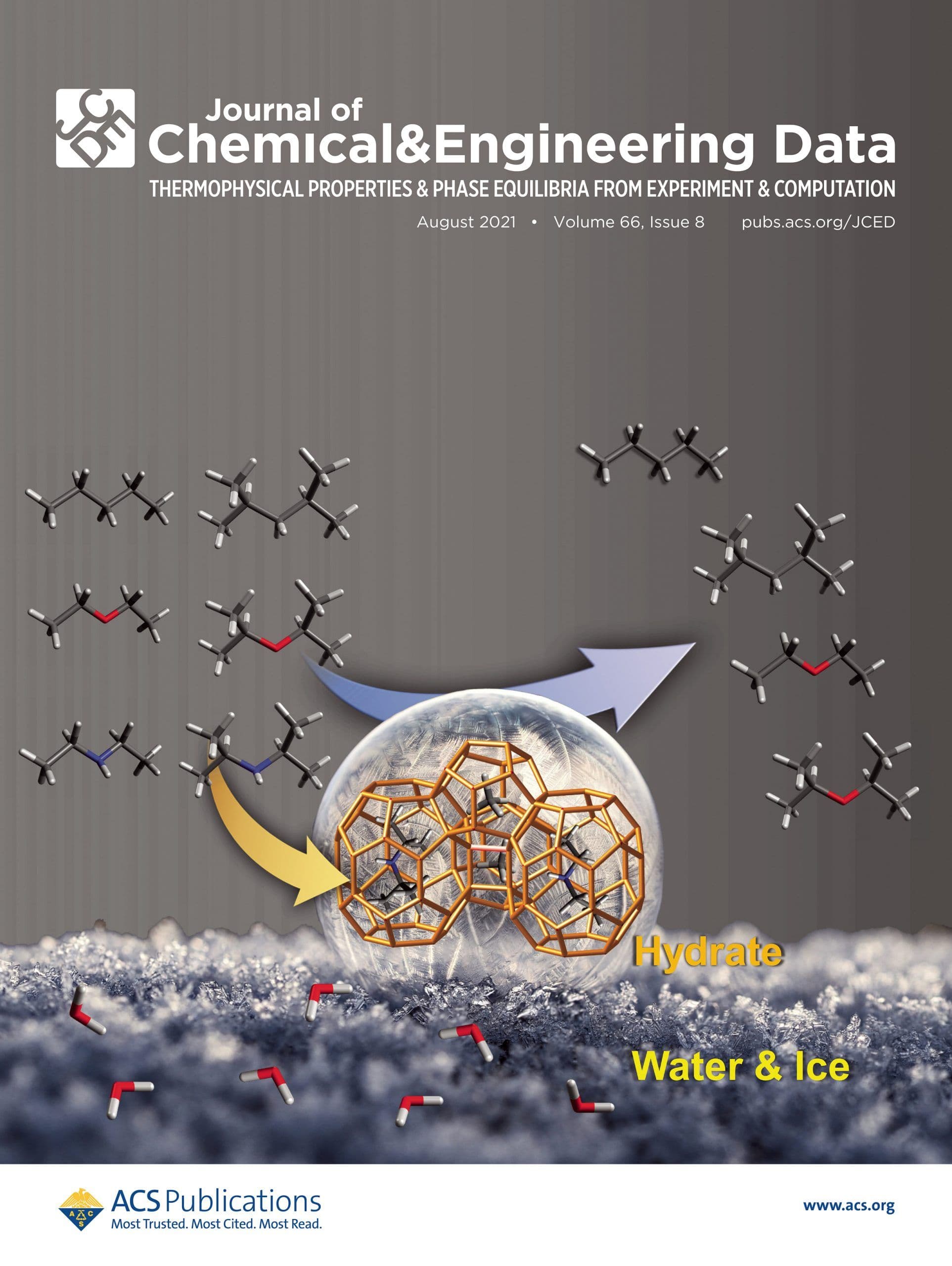The Journal of Chemical & Engineering Data’s Editor-in-Chief, Ilja Siepmann, would like to highlight three items all prospective JCED authors should know as part of the journal’s efforts to continuously improve.

The Journal of Chemical & Engineering Data’s Editor-in-Chief, Ilja Siepmann, would like to highlight three items all prospective JCED authors should know, but may be underappreciated, as part of the journal’s efforts to continuously improve.
GUIDELINES DOCUMENTS
Author Guidelines simply should not be viewed as something that can be ignored. JCED has both general guidelines applying to all manuscripts and guidelines specific to the topical section(s) appropriate for your manuscript’s content. As some are aware, five thematic sections were introduced for JCED’s table of contents in 2022. Your efforts to align with these guidelines will not only expedite the review process for your manuscript and increase the likelihood of acceptance for publication in JCED, but will ultimately lead to your research publications providing accurate, precise, reproducible, and consequential data that will have a greater impact. For example, JCED requires a chemical sample table for all manuscripts. Forgetting to include the sample table is the clearest signal to an editor that authors have neither read the JCED guidelines nor utilized the 1-page submission checklist as a cheat sheet. You would be amazed to know the fraction of manuscripts submitted without a chemical sample table and the rather low acceptance rate for these manuscripts.
Especially for new JCED authors or previous authors that have not submitted a manuscript during the past year, please read and familiarize yourself with the complete JCED Author Guidelines to ensure you are up to date. This will surely increase the likelihood for a smooth peer review process.
COVER ART DESIGN
As some of you are aware, JCED adopted a new design in 2021. The new cover design features eye-catching and informative artwork supplied by our authors that allows you to draw attention to your research work. Did you know there is NO fee for artwork featured on the front cover of ACS journals? A front cover is completely free for authors (the fee only pertains to author requested supplementary covers). However, there are cover art guidelines relating to theme and formatting expectations. At present, an estimated 80% of the cover art proposals are identical to the TOC graphic, which is no longer JCED’s approach. Our cover art guidelines describe, “The cover image should not resemble a graphical abstract or data figure, but rather should be an artistic and scientifically accurate representation of the manuscript.” Following the Guidelines increases the chance of having your artwork selected for the front cover by a huge margin.
SCOPE
When selecting a journal for submission of your manuscript, it is important to peruse the description of the journal’s scope to ensure you are targeting the best journal. JCED’s scope description can be found here. Fast track your manuscript toward acceptance by selecting a best-fit journal from the start. Please note that manuscripts with a focus on reaction kinetics, adsorption kinetics, adsorption on natural product materials or micellization/aggregation behavior of amphiphiles, or that predict properties via a correlation approach (including machine learning), are not in JCED’s scope. The likelihood for acceptance of these submitted topics is low as a result.
TAKEAWAY
Whether you might be considering the Journal of Chemical & Engineering Data for a submission for the first time or have published with us many times before, take stock of these three things we want all authors to know. The EIC office will be happy to address questions and provide more information as needed ( eic@jced.acs.org ).



